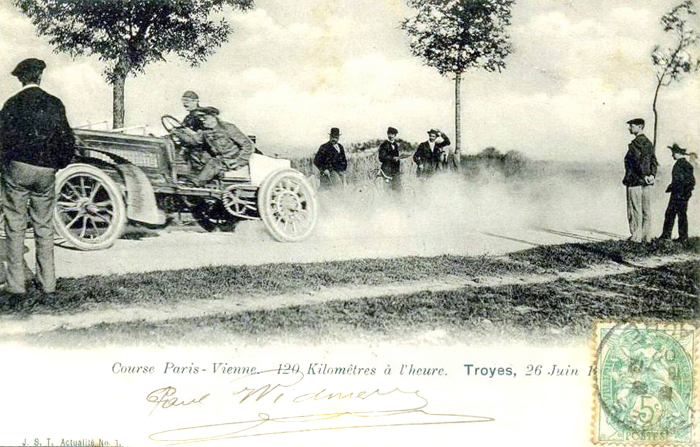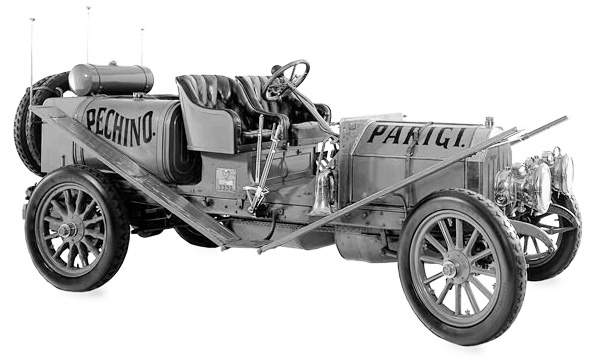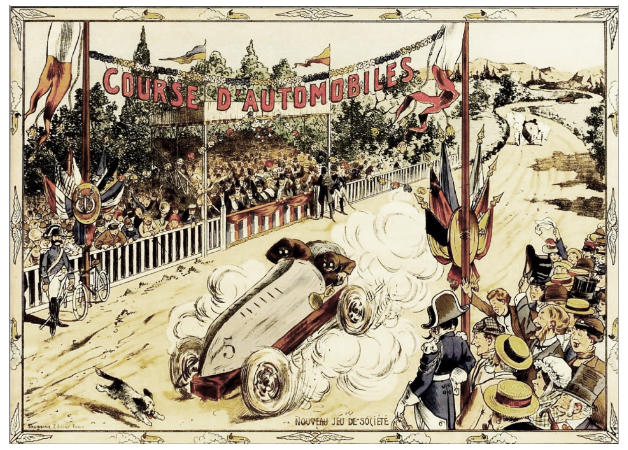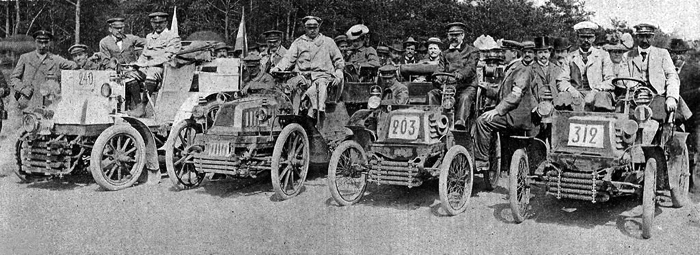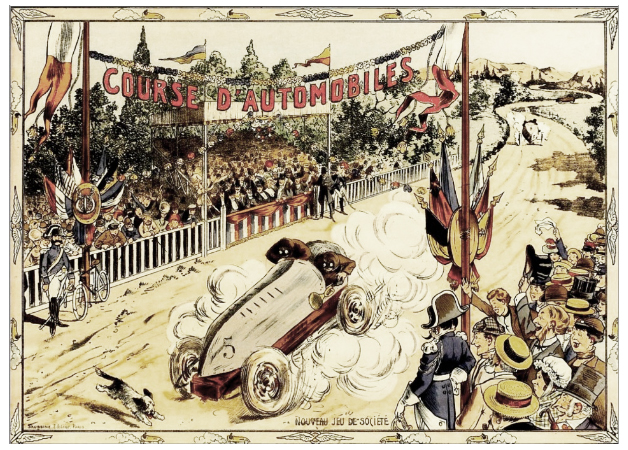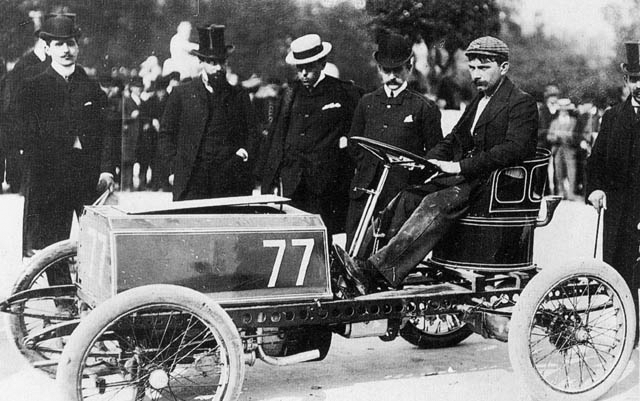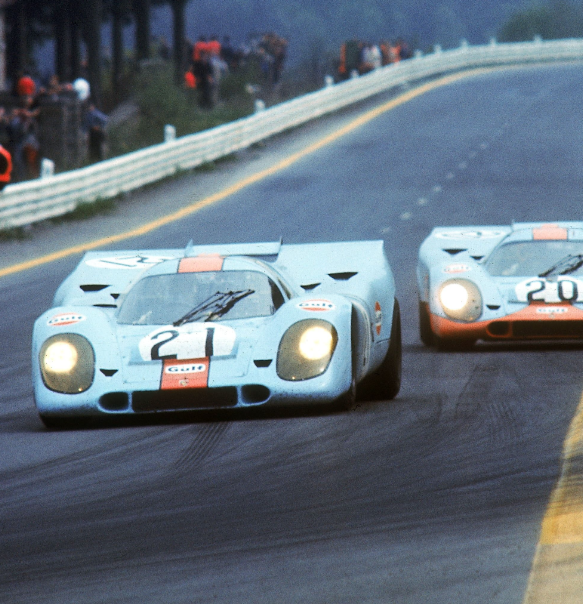City to City
It began with demonstration runs such as one that took place on the 22nd of July, 1894 in front of a fascinated public for these strange carriages that drove themselves or at least seemed to. The trail as it was called would cover the distance from Paris to Rouen and was organized by the journalist Pierre Giffard of Le Petit Journal; a judging-panel decided on the winner. The paper promoted it as ‘Le Petit Journal’ Competition for Horseless Carriages (Le Petit Journal Concours des Voitures sans Chevaux) that were not dangerous, easy to drive, and cheap during the journey, the main prize being for the competitor whose car comes closest to the ideal. The announcement in Le Petit Journal on 19 December 1893 expressly denied that it would be a race – ce ne sera pas une course. The easy to drive clause effectively precluded from the prizes any vehicles needing a traveling mechanic or technical assistant such as a stoker.
While the event drew huge crowds the organizers soon realized that the criteria for judging a winner was lost upon the spectators who would show up to watch what for them was a spectacle. Something else needed top be done to allow a manufacturer to promote the superiority of their product for inventions were all well and good but this was no scientific exercise, cars needed to be sold. The obvious solution was something that was denied at Paris-Rouen, a race and with the victory goes the spoils. Reliability was what the manufacturers were after but the public would crave speed.


